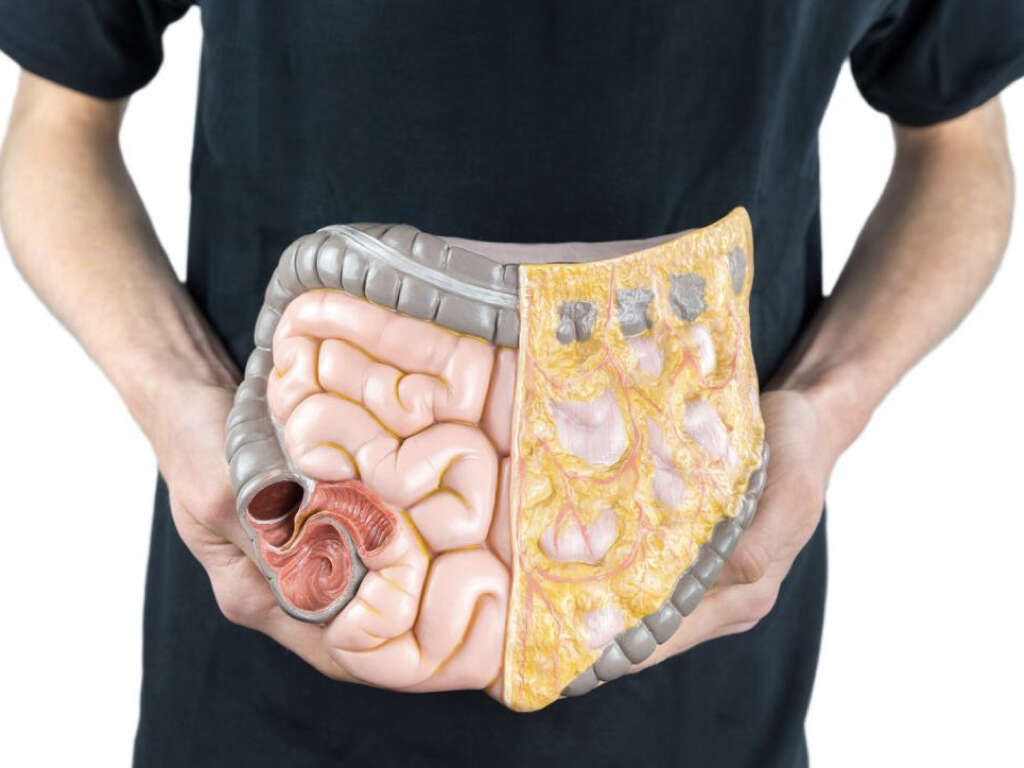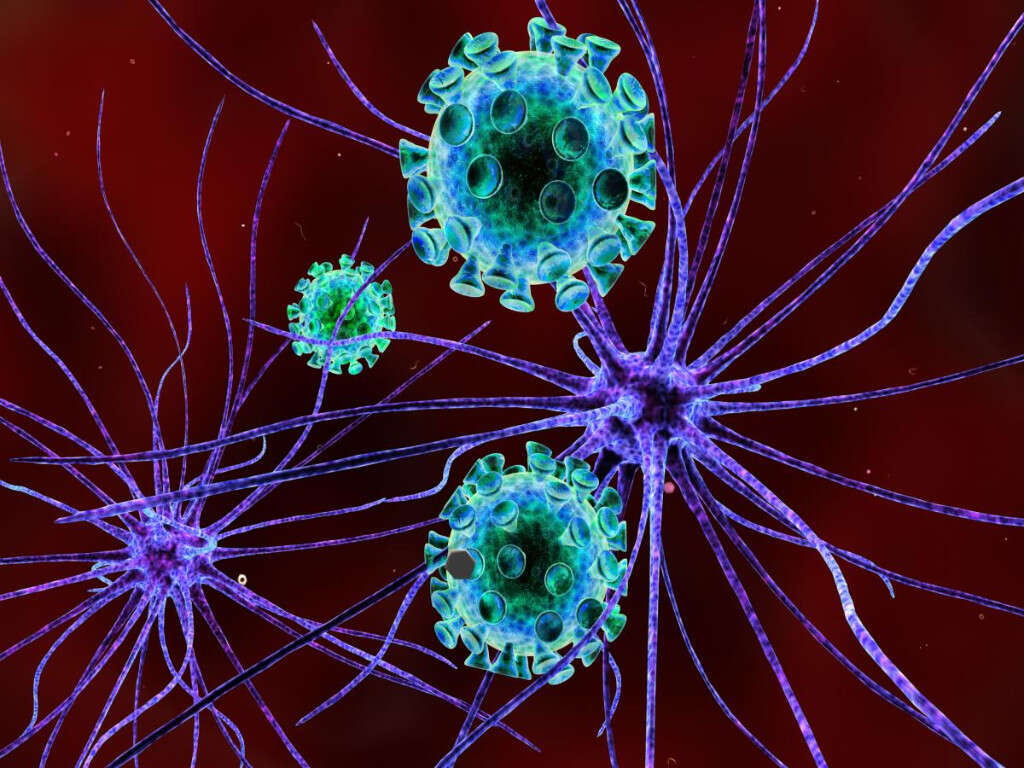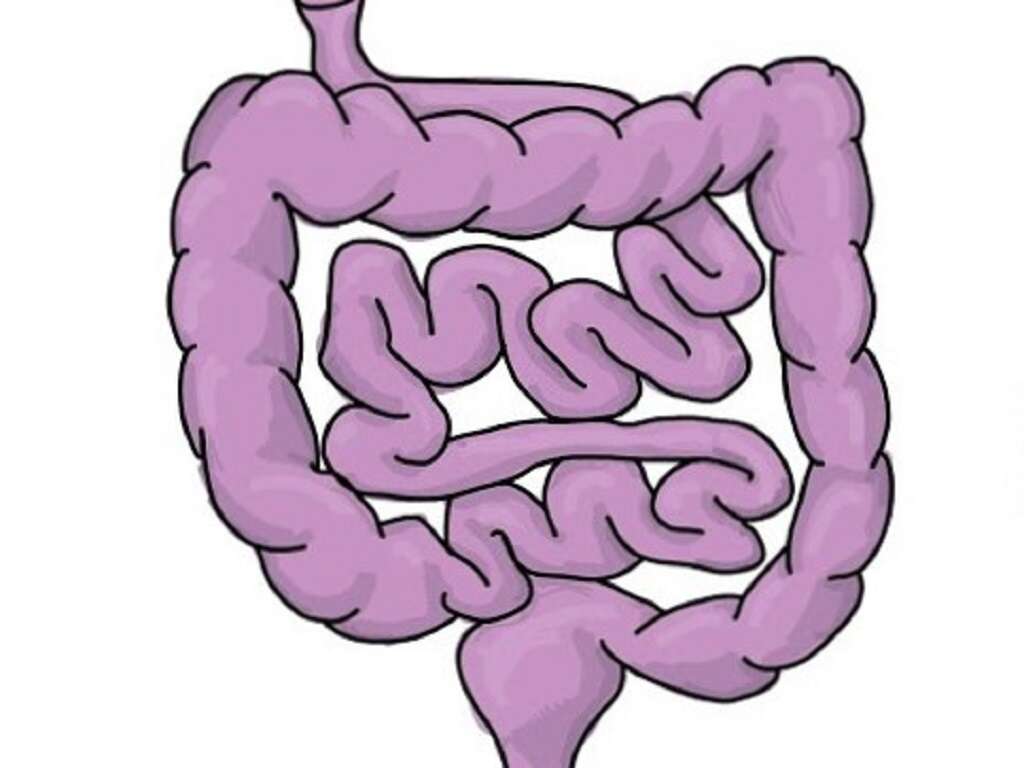What Is Dysentery?
Stomach upsets are quite common. In most cases they will just pass within a day or two, sometimes just a few hours. While they can be uncomfortable, we will not usually think too much of them, but there are some cases when we should pay full attention.
Dysentery is an infection of the intestines that has the potential to be quite dangerous if it is not treated. The good news is that treatment is usually fairly straightforward once it had been diagnosed. It is not common in developing countries, but it is still beneficial to know the symptoms because nobody is completely safe from it.

1. The Intestines
The intestines are a long tube that travels from the stomach all the way to the anus. It is made up of a number of different parts, and it is responsible for absorbing the bulk of our liquids and nutrients. It is important that the intestines remain in good health so that we can continue to get nutrition from our food.
The intestines are home to a variety of bacteria that help with the digestion of our food. These bacteria are beneficial to us, but the intestines can sometimes become infected with harmful bacteria. There are also other types of pathogens that can cause an infection of the intestines.

2. Dysentery
Dysentery is a particular type of infection of the intestines that is known for causing bloody diarrhea. The symptoms are similar to those of other types of infections and a stool inspection is often required to reach the correct diagnosis. There are also two main types of dysentery, and symptoms can show 1-7 days after exposure depending on the variety you have.
Dysentery is a condition that is associated with poor sanitary conditions so it is more prevalent in developing countries. Regardless, it is still found in developed countries so is advisable to take all practical precautions.

3. Transmission
As mentioned, dysentery is a condition that is associated with poor sanitary conditions. In many cases, it is contracted by consuming food and drinks that have been contaminated with the fecal matter of an infected person. It can also be contracted by contact with contaminated surfaces such as door handles and faucets.
In some cases, it is contracted through physical contact with the feces of a person that is infected with the disease. Large bodies of water like lakes and pools can also be contaminated, meaning it will sometimes be contracted after going for a swim. In many instances, transmission could have been prevented if only more precautions were taken.

4. Amebic Dysentery
Amebic dysentery is usually only found in locations that have poor hygiene standards and a tropical climate. As such, it is not a common disease in the United States and other developed nations. The disease is caused by a type of single celled parasite, which is a type of amoeba known as Entamoeba histolytica.
Most people with the condition will experience no symptoms. Those that do experience symptoms will not usually do so for around 2 to 4 weeks. When symptoms do arise, they generally include nausea, abdominal cramps, fever, weight loss, and diarrhea. It will develop into a more serious condition in a small number of cases.

5. Bacterial Dysentery
Bacterial dysentery is caused by a bacterial infection from campylobacter, enterohemorrhagic E. coli, salmonella, or shigella bacteria. Shigellosis, which is caused by the shigella bacterium, is the most common type of bacterial dysentery in the united states. The U.S. sees around 500,000 cases every year.
Most people will begin to show symptoms around 1 to 3 days after having been infected. When symptoms do arise, they will typically include abdominal cramps, nausea, vomiting, and fever. The patient will also have diarrhea, and there will also often be mucus or blood in the diarrhea. Bacterial dysentery can go on to cause potentially serious complications.

6. Complications
The standard symptoms of dysentery can be unpleasant enough, and it can go on to get a lot worse. In some cases, for example, dysentery can go on to cause an infection of the blood stream. It is only usually people with weakened immune systems that develop this condition, and it is thankfully rare. Dehydration is also a possibility.
A small number of people will develop an infection of the joint known as postinfectious arthritis. The disease will last for years in some cases. Dysentery might also go on to cause hemolytic uremic syndrome, a condition that causes the destruction of red blood cells. Amebic dysentery will sometimes lead to the parasite infecting the brain or lungs. Some children will experience seizures for reasons that are not clearly understood.

7. Who’s At Risk
As mentioned, dysentery is a condition that is closely associated with insanitary conditions, and this means it is more prevalent in some part of the world than others. Thus, people living in certain parts of the world are more likely to catch the disease than others are.
People that live in close proximity to other people are also more likely to catch it. This includes people in impoverished areas where many people share crowded accommodation. This also means schools and children are more likely to catch shigella than adults are. People working in nursing homes are also at a higher risk than other people are.

8. Prevention
Perhaps the most effective way to prevent the spread of dysentery is to maintain high hygiene standards. This means regularly washing your hands, especially after using the bathroom and before preparing food and drinks. Keeping surfaces clean will also help to prevent the spread of the disease.
People that are travelling should be extra cautious, and sanitized hand wipes or similar can be very effective at keeping you safe. Try drinking only bottled water where possible, and try to avoid food sellers with poor hygiene standards. You should also try to avoid swimming in water that has not been treated.

9. Diagnosis
It can be easy to overlook the early symptoms of dysentery as just an upset stomach or similar. If the symptoms do persist, however, or if they become serious, you should see a doctor. If dysentery is suspected then the doctor may ask some questions such as whether or not you have recently been travelling.
In order to get a full diagnosis, stool samples and/or blood samples may be necessary. It will be necessary for medical professionals to know the exact nature of any infection in order to provide appropriate treatment. Dysentery can be dangerous if it is not treated, so be sure to see a doctor if you do suspect a problem.

10. Treatment
The treatment of dysentery will depend largely on the specific nature of the infection. If it is shigellosis, for example, then the patient might simply be recommended to stay hydrated and get plenty of rest. Some medications can help to soothe the symptoms, but you should speak with a doctor first before using anything.
In more severe cases, medicine might be prescribed to help deal with the underlying cause. This can mean antibiotics in the case of bacterial infections, or anti-parasite medication in cases of amebic dysentery. Some patients may need to be hospitalized, and a drip will be needed if the patient has become severely dehydrated.












